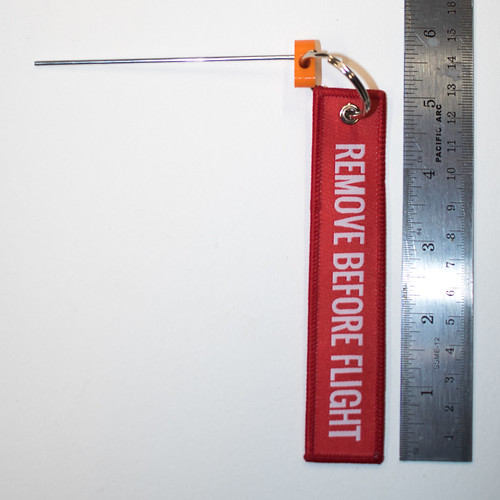Does that apply to the TRS as well? Can I plug the battery to my TRS without a switch at the flight line, leaving it unarmed until the rocket is on the pad, then arm it with the LCD receiver?
Ahhhhhhh, That's what I've been doing with a minimum diameter project. Since the TRS doesn't make much of a racket in standby mode, nobody is going to know. I did put a Featherweight screw switch on the pyro circuit but I have
flown an even smaller project without any switches whatsoever. Not enough room. I thoroughly bench tested, felt comfortable and it just works. Before every flight with the "switchless" setup, I test with bare ematches the night before to make sure the risk of charges going off on the particular TRS is nil when plugging in the battery. Once satisfied, I will setup for live charges and use common sense when plugging in the battery.
For cert projects, to keep TAPS and L3CC's from soiling their pants, use a project that one can put a switch on the battery or you'll likely not be approved for flight. Even though TRA says it's kosher, the individual TAPs are allowed to make judgement calls so to avoid issues use a large enough project you can put/fit switches in.
Switching a TRS technically not necessary but in a complex project, I'd do it so I could be safely at a distance to ultimately "arm" it. I don't foresee going to that level though (ie. multistage project)
Or............... As I mentioned above, put a screw switch on the TRS pyro circuit in case somebody were to question me about direct powering the TRS. On that project, I use one 1300mah 2s battery in parallel to power the unit and for pyro
purposes. More than enough capacity to fly.







